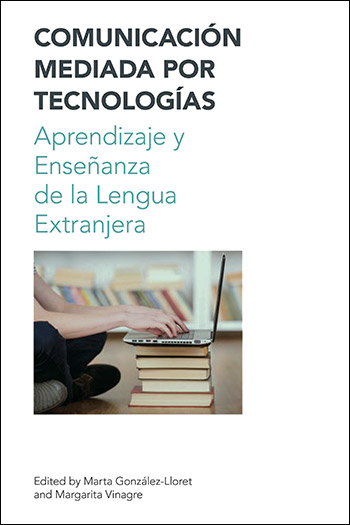
Comunicación Mediada por Tecnologías - Aprendizaje y Enseñanza de la Lengua Extranjera - Marta González-Lloret
La comunicación mediada por computador y su integración en el aprendizaje de segundas lenguas [The integration of Computer-mediated Communication in Second Language Learning]
Comunicación Mediada por Tecnologías - Aprendizaje y Enseñanza de la Lengua Extranjera - Marta González-Lloret
Margarita Vinagre [+]
Universidad Autónoma de Madrid
View Website
Marta González-Lloret [+]
University of Hawaii, Manoa
View Website
Description
The main objective of this chapter is to offer a general introduction to computer-mediated communication (CMC). It starts by presenting a description of CMC as well as its main characteristics. It then focuses on the uses that CMC has in the second (and foreign) language classroom by analyzing benefits and challenges that CMC has for participants; both teachers and learners. The following section expands on the concept of virtual collaboration or telecollaboration as a type of CMC activity for language learning and development of generic abilities in education. The chapter also introduces each of the contributions to the volume and highlights connections among them. Finally, the limitations of the volume are acknowledged and possible topics for future research that contribute to the growth of the field are suggested.





